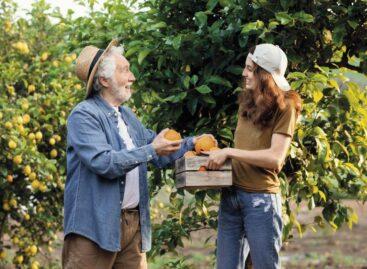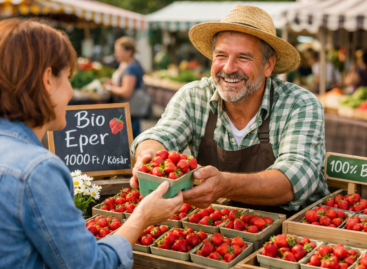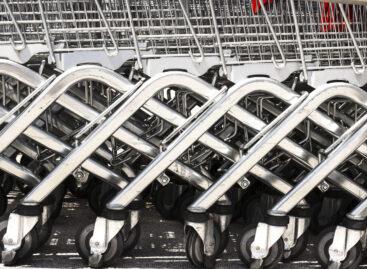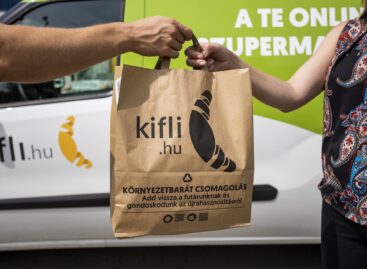Favorable changes in the support system of the sheep sector
There are serious opportunities for the domestic sheep industry, which is why the Ministry of Agriculture revised the system of subsidies related to the sector. As a result, starting from 2024, these resources will increasingly serve to improve the genetic quality of the livestock and the production of quality goods, taking into account the professional needs and opportunities of sheep farmers.
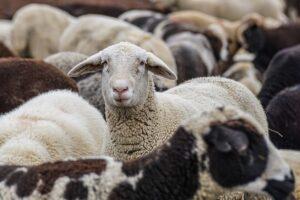
(Photo: Pixabay)
Taking into account the proposals of the professional organizations, the Ministry of Agriculture has doubled the amount of support available after the breeding of breeder-breeding goats – which has been provided since 2016 – from HUF 350 million to HUF 700 million. In addition to the increase in resources, it will also be easier to use the scheme, since instead of the previous two submission periods in April and October, from 2024 there will be only one application submission period, namely between June 1 and 30. This change creates equal conditions for all livestock keepers who submit a legitimate claim for support.
The additional commitments made by sheep farms in the area of animal welfare will be compensated by a small ruminant animal welfare program launched in 2022
The support of breeding organization tasks also serves to improve the genetic quality of the sheep population, which compensates sheep farmers for pedigree registration, performance testing and breeding value estimation. Also contributing to the sustainability of the sector is that, starting this year, the scope of the Agro-Ecology Program (AÖP) practices that can be accomplished with grazing has been expanded. Those who graze with native animal breeds (including the Hortobágy and Gyimes racka, Cigaja, Cikta and Hungarian merino sheep) can choose “grazing with native farm animals”. practice as well. In 2024, for 1 point, this practice can be undertaken for at least 50 percent of the given land use category, while from 2025, according to the plans, a 2-point version will also be launched, where the producer must undertake to graze exclusively native varieties on at least 70 percent of the area. As is known, the AÖP, launched in 2023, is a form of direct support based on voluntary participation, requiring a one-year commitment, which, like the well-known Agricultural Environmental Management Payments (AKG), is intended to help the spread of sustainable farming practices. In the two grassland land use categories of the AÖP (Natura 2000 grasslands and other grasslands), it is true that the producer can basically choose between practices related to mowing or grazing.
It is an obvious and viable solution for livestock keepers, including sheep keepers, if they choose pastoral or intermittent grazing
In most cases, this does not require additional expenditure, since the sheep are already grazed in such systems. It is also part of the life-like approach that it is sufficient to undertake and complete the exercise on 50 percent of the area of the given land use category in order for 100 percent of the area to be eligible for support. And the minimum of 0.2 animal units per hectare fits well with the decades-old professional position, according to which it is compatible with the carrying capacity of the lawn in most of the grassland areas in Hungary. The sacrificial work associated with animal husbandry and the outstanding environmental benefits of grazing both require that the program rewards such undertakings with a high score. Grazing and intermittent grazing are therefore a 2-point practice. Whoever fulfills this, has no other work to do in the given grassland land use category. The main goal of rethinking the support system is to open perspectives in the small ruminant sector that prove that it is worthwhile to deal with sheep farming in Hungary.
AM
Related news
Transition to a plant-based diet could transform the labour market in agriculture
🎧 Hallgasd a cikket: Lejátszás Szünet Folytatás Leállítás Nyelv: Auto…
Read more >Tax benefits for primary producers to increase further this year
🎧 Hallgasd a cikket: Lejátszás Szünet Folytatás Leállítás Nyelv: Auto…
Read more >Gergely Gulyás: every farmer will get their money
🎧 Hallgasd a cikket: Lejátszás Szünet Folytatás Leállítás Nyelv: Auto…
Read more >Related news
Péter Noszek became the president of the Managers’ Association
🎧 Hallgasd a cikket: Lejátszás Szünet Folytatás Leállítás Nyelv: Auto…
Read more >Shrinkage inflation: several products became smaller in December and January – baked goods, sweets, razor blades, and dishwashing detergent were also affected
🎧 Hallgasd a cikket: Lejátszás Szünet Folytatás Leállítás Nyelv: Auto…
Read more >Online shopping has become routine, Kifli.hu set records in 2025
🎧 Hallgasd a cikket: Lejátszás Szünet Folytatás Leállítás Nyelv: Auto…
Read more >

